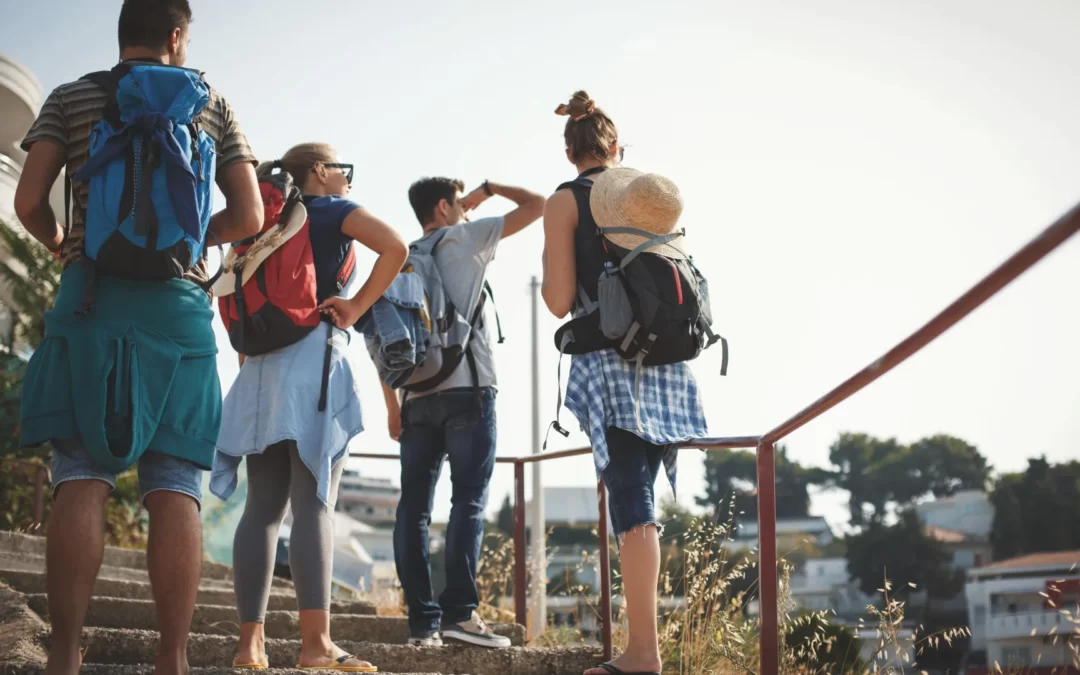Discover Crete
Explore Crete’s Treasures
Chania
The picturesque city of Chania is the second largest city in Crete. As indicated by excavations on Kastelli Hill, Chania is believed to be built on the site of Minoan Kydonia. During the Byzantine era, the city was fortified and developed substantially. Later, the Venetians turned Chania into a great castle with impenetrable walls. In 1850, Sultan Abdul Mezit visited Crete and decided to construct a naval base in the gulf of Souda, which established Chania as the capital of the island until 1971. In 1898, following the liberation of Crete from the Turks, and while Crete was an autonomous state, great buildings were constructed in the city and the suburb of Halepa. In 1913, following centuries of slavery, the glory of Chania reached its peak during the hoisting of the Greek flag in the fortress Firkas, marking the final Union of Crete with Greece. During World War II, Chania played an important role in the outcome of the fight against the Germans. The nearby airport of Maleme was the epicentre of the glorious Battle of Crete. In April 1945, Chania was the last European city to be liberated from the Germans. Some attractions of Chania include the old town, the Venetian harbour with the Egyptian lighthouse, the mosque of Küçük Hasan, the pedestrian road of Koum Kapi, the shipyards, the great Arsenal which houses the Centre for Mediterranean Architecture, the central market, the Kastelli Hill with the old Palace and the Minoan settlement, Splantzia the picturesque Ottoman district, the church of St. Rocco, the cathedral of Chania, the Archaeological Museum of Chania, the beachfront of Nea Chora district, the Maritime Museum of Crete in Fort Firkas, the government buildings and the Courts, the graves of Venizelos family, the house of Venizelos in Halepa, the Allies’ Cemetery in Souda, the Historical Archive of Crete, and more.
Rethymno
Rethymno is a gorgeous, little port city, one of the best-preserved towns in Crete. It maintains its aristocratic character, with elegant buildings dating back to the 16th century, arched passages, narrow alleys, and Byzantine monuments. As a result, Rethymno’s old town is a romantic landscape of eras bygone. The Guora Gate, known by the locals as Megali Porta, is still the main northern entrance to Rethymno’s old quarter. This 500 years old, 2.6 metres wide stone arch is all that remains of the Venetian city wall. The Rimondi Fountain, is the only Venetian fountain. All other were constructed during the Ottoman period. In 1626, the Venetian governor Rimondi order its reconstruction over an even older fountain, dating back to 1588. Legend has it that whoever drinks from this fountain soon finds themselves back in Rethymno! What differentiates Rethymno from Chania and Heraklion? Rethymno is smaller with no more than 45,000 residents. Its natural elegance, mesmerizing sand beach, and magical, unspoilt old quarter with its floral canopies and fine hospitality make it unique. Its aesthetics and history, centres for academic learning, love of carnival and Renaissance music festivals, make it Crete’s cultural capital. The locals, a community that radiates creative energy, bring together ancient tradition with flair and inspiration. There are now 3 market days in Rethymno, all at different locations. Markets take place on Mondays, near the Power Supply office, Thursdays in the central car park, just east of the Municipal Garden and Saturdays in the car park between the bus station and the Fortezza. The Thursday market is the biggest in terms of number of stalls. In these markets, you can find anything from fresh, locally-grown fruit and vegetables, fresh cheese, honey, and herbs, to fabrics, clothes, shoes, and house necessities. Furthermore, on the southern side of the Municipal Garden, every Wednesday, there is an organic farmers’ market, where you can find only organic fruit and vegetables.
Heraklion
Heraklio is the largest city in Crete with a population of about 200,000 residents. Heraklio houses the public services and the major scientific centres of Crete. It is the commercial centre of the island having the main port and airport. In the early 1900s, Heraklio was a scenic city with unique traditional Venetian and Ottoman monuments. One of the most historical cities in the Mediterranean eventually developed into a bustling city dominated by cement structures, losing almost all of its aristocratic splendour. However, even today, visitors can get a glimpse into its glorious past, and everyone can be surprised y the stories hidden behind its unknown corners. Heraklio was the port of the legendary city of Knossos, and so its story starts in the Minoan era. In 824, the Arabs built the city in its present location, the old centre. Later, the Venetians and Turks expanded and fortified it and named it Large Castle of Candia. The city received its current name, Heraklio, after the liberation of Crete from the Turks, in 1898.
Agios Nikolaos
White-washed houses and beautiful buildings blend into the sea background and form the serene town of Agios Nikolaos. This lovely, little town is the cosmopolitan capital of Lasithi with around 20,000 residents. It is built on the site of Mandraki, west of Mirabello Gulf. However, it takes its name from the Byzantine church of Agios Nikolaos west of the city. During the Minoan era, this was known as “Lato pros Kamara”. It was the port of Lato, a town near Kritsa. Later, in the Byzantine era, it was known as “Diocese”, of Kamara but didn’t develop further. Venetians never gave importance to the region. This meant that Agios Nikolaos was not fortified, and remained a small, fishing village until later, in the early 20th century, when it became the capital of Lasithi. Since then, the town transformed into a picturesque resort with its tranquillity and beautiful beaches being the key factors for its development. The picturesque Lake Voulismeni, a lagoon in the town centre, serves as a small harbour for finishing boats and has become trademark of Agios Nikolaos. Dozens of legends are associated with it, mainly because of its very deep waters. In 1944, before leaving Crete, the Germans disposed of all their war material at the bottom of this lake. Other sights of Agios Nikolaos include the neoclassical buildings, the marina, the island of Agioi Pantes, where many endangered Cretan wild goats are protected, Kitroplatia square with the tavernas, the pedestrian road with the cafes, and the endless steps.


